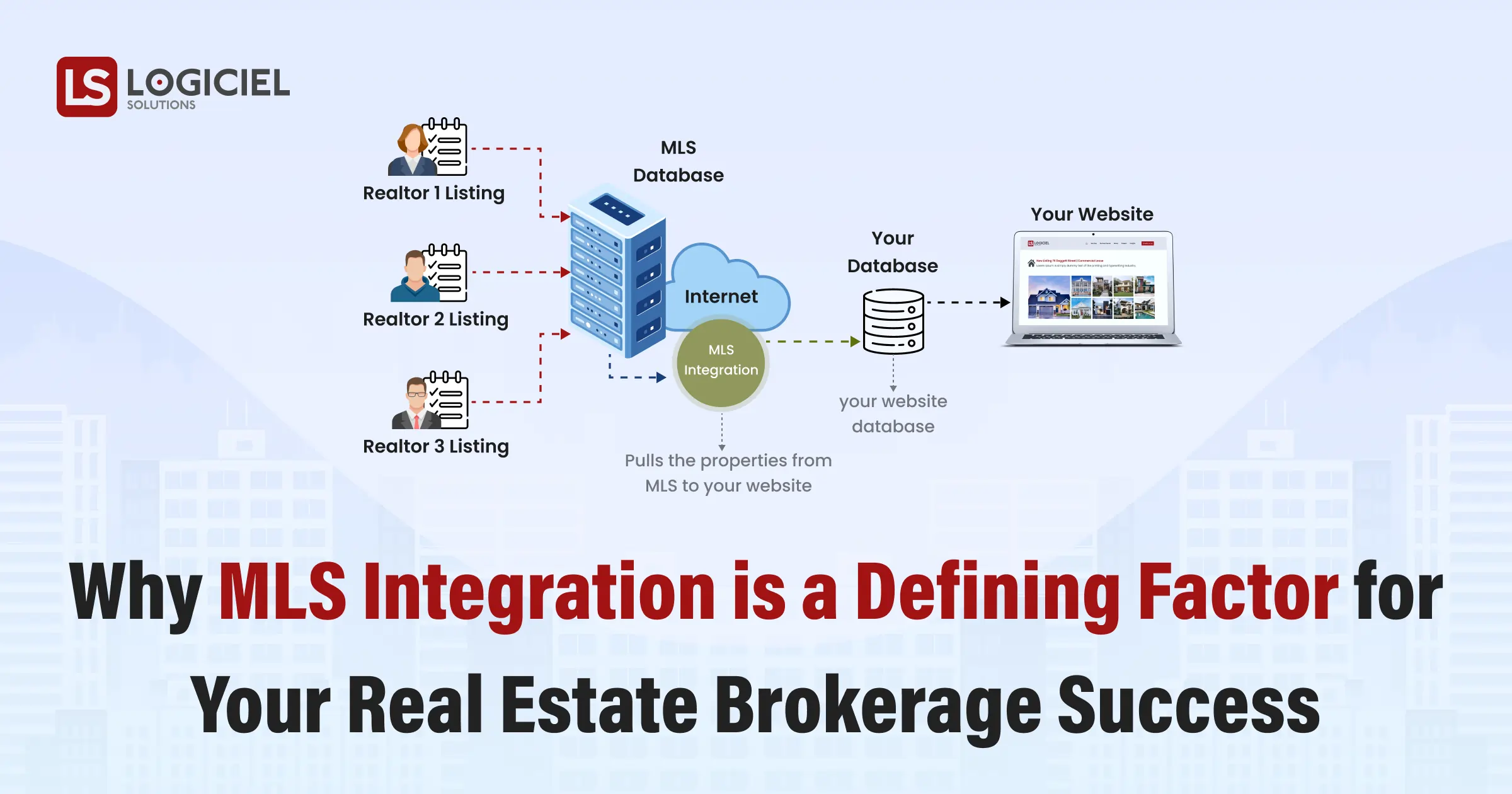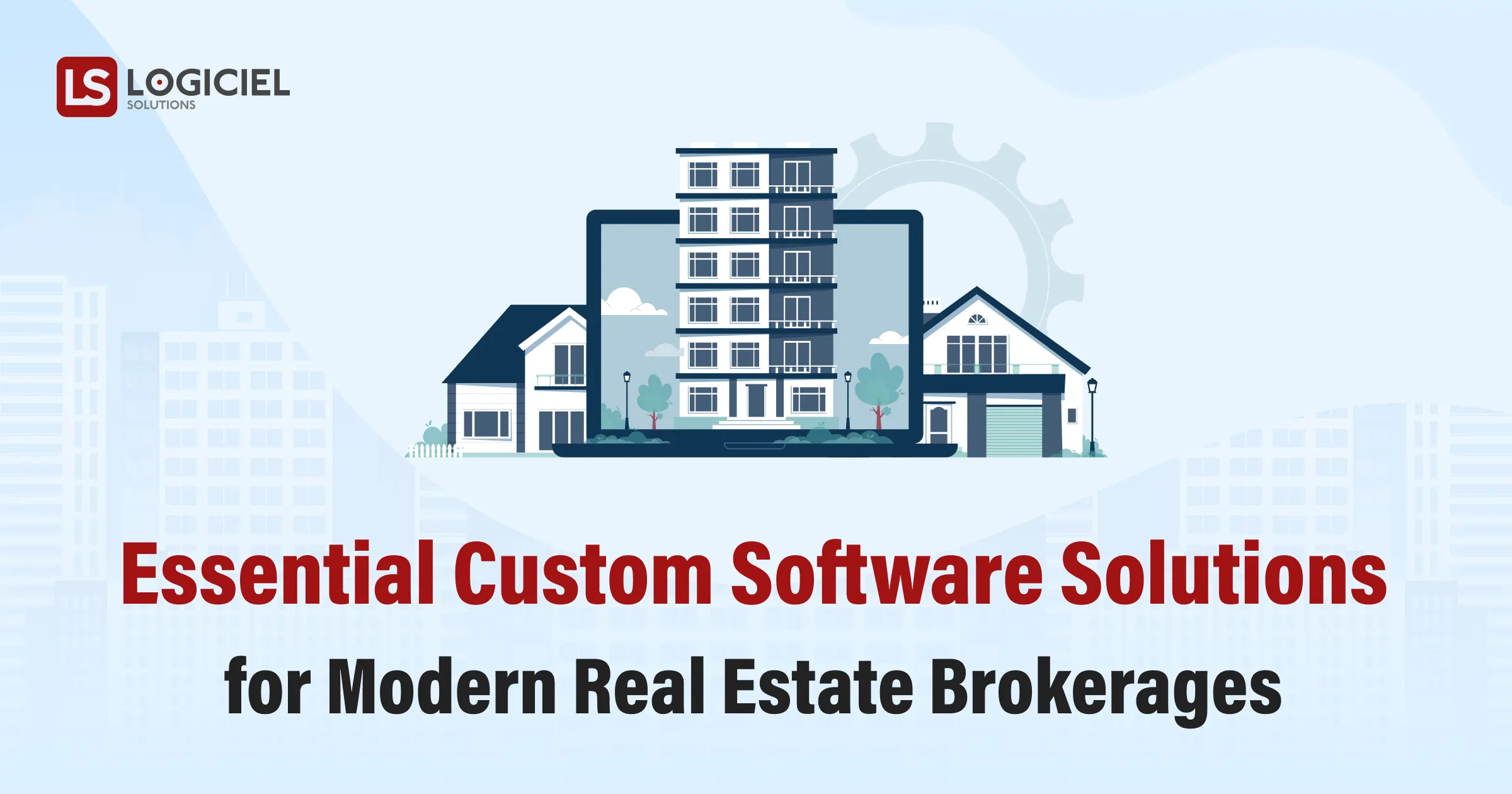According to the State of Software Development 2019 report, 2 out of 3 companies have outsourced software development and only about 18% of them weren’t satisfied with the results. Clearly having a development partner has been a preferred choice for startups, smaller businesses as well as enterprises, and we can safely assume that this trend would continue.
1. Allows an Entrepreneur or an Executive to better focus on core business goals.
2. Easy access to top talent with needed experience which adds a lot of value.
3. No stress of hiring a full-time employee and managing attrition.
4. Operational costs get reduced significantly.
5. Freelancer is an option (if it is) only for smaller projects.
6. Easier to adapt with a rapidly changing technology landscape.
Now, we all know that one can easily find a massive list of software companies on the web and all of these companies are actively looking for new customers by presenting extended portfolios and attractive rates. Yet in this abundance, enterprises have difficulty finding and choosing a reliable company.
TRUST is such a crucial element for any Business Partnership to prosper and grow. So, this article will help you with 7 simple steps to find a partner who not only can be trusted but also ensures high quality service delivery. Take a look

Step 1: Define Objectives
First and foremost is to do your homework and prepare the project requirements which clearly explains its features and functionalities. It can be in the form of a document or a presentation or user stories or even some wireframes … Whatever is convenient to you.
Clearly define the target audience of the software i.e. the people who would eventually be using the software. This is going to really help the development team later to get a better perspective.
You should also clearly mention the technology and the kind of services like UI/UX design, Web development, API Development or Mobile app development, and so on that you are looking for in the project in case you have anything on your mind already .
In case you have a pre-built application and you just want to get some changes/ upgradation done then it is a good idea to gather all the information about tech stack, GitHub or Bitbucket or in some cases even the SVN access, hosting details, any setup guide from your previous developer . These are going to be really helpful.
Once you have a clear idea of what you want, you can shortlist the technology partners you can work with.
Step 2: Research
Use ratings & review platforms to form a list of companies based on your judgement of the right fit according to your specific project requirements. Here are some platforms you can use
These platforms will let you filter companies by hourly rate, country, number of reviews, and several other important parameters. Once you have selected a few companies, you should also check their websites to understand more about them.
Step 3: Expertise Assessment
Try to assess their expertise not only based on technical skills but also on the nature of industries they have worked for in the past. Dig into their portfolios to see the kind of products that have curated for their customers to get a context for the above parameters.
Look out for any technology certifications that they have done or any partnerships they have with Bigger Technology Companies like Google or Amazon or Microsoft etc.
Do they engage in conducting training workshops or webinars on any technology? Do they speak or even participate in conferences? Answers to some questions will help you gauge their activity and have an understanding of their skills.
Try and assess if they do all what you need – Scope, Design, Development and QA on their own. Partners doing some of it might not be as helpful as you will have to again find some other partner for remaining services.
Further, you can also try to contact those companies that you liked the most and ask them about their domain expertise and details of the projects they had built. This will give you some more information where the company currently stands with their skill set and experience.
Step 4: Look for Testimonials from Existing Clients
The best way to ascertain the capability of any development partner is to know who their existing customers are and what they have to say about this prospective partner!! Client testimonials tell a lot about the quality and expertise of the company at hand. Infact, you can go a step further and knock the company’s representative specified in the review on social media platforms and randomly verify whether everything mentioned is true.
If you are willing to go further, pick a phone and call anyone of those to get first-hand feedback although in most cases, a company would enlist only those clients on their website who have been extremely happy with their services but still if they have a Happy Client … it’s great because that’s what you also want to be. Right?
The level of clients a company has served in the past or is currently working with would also tell you a lot about their abilities and depth of their skills & expertise. For instance, if a Fortune 500 company is one of their clients, clearly they do have a lot of skin in the game and it’s going to be relatively easier to trust them with your business.
Step 5: Understand Working Methodology
Every development company has its unique processes/working methodology , so it is very important to understand all the facts about their Project Delivery mechanism before you commit to any long term relationship with the company.
Collaborative approach is something you should look out for because a closed and inward looking working process might be difficult for you to deal with. These days, a very large chunk of custom application development happens via Agile methodology which really requires periodic and shorter feedback cycles from customers to continuously evolve.
Ask specifically about their approach on Security – Ask them to brief you on how they ensure that everything and anything they do is 100% secure and not vulnerable for breach. Any vendor who doesn’t know how to secure your platform well won’t end up becoming a long term partner.
Since you are looking for a long term collaboration, it’s important to carefully understand the values and culture of the company and ensure that they can get aligned with your company because it’s not only you who is going to interact with them but several of your colleagues as well. Ultimately it’s going to be a collaboration between your team and their team.
Step 6: Communication
The fact that your partner in most cases would be based remotely, communication is going to be super critical. It’s not necessarily holding a strong command over language, rather it’s the intent to keep the exchange of information seamless as well as transparent without any delays.
Also, it is going to be as much your responsibility to be available to communicate with them and provide inputs from time to time as it would be theirs. So do keep the time zone difference in mind (if there is any) and adjust your schedule accordingly.
Communication platforms like Google Meet or Slack or Skype to chat/call along with efficient Project Management Tools like Jira or Trello can definitely help in an efficient communication.
Step 7: Value vs Price

While deciding on the price point, look for a partner that provides the highest value and not the lowest prices because lowest prices in most cases would lead to low quality in the long term which would ultimately cause a lot of time and money going down the drain.
You can consider from any one of the following 3 engagement models
Fixed Price
This involves paying a fixed amount of money for a defined work scope. This model suits best if the project has well defined requirements and can be broken down in terms of man-hours which would be required to finish the project in time.
Time and Material
This model is flexible in terms of payment, this means only the number of hours actually spent on the development of that project are billable. They are not fixed before hand and can increase as the scope of work increases. This model fits well for those who are unsure of the scope of the project in the beginning or if they predict major changes in the project requirements throughout the life cycle of the project.
Dedicated Team
This is a brilliant option for a long-term partnership. Here you hire a team of software developers, UI designers, QA engineers , who all dedicatedly work on your project and report directly to you. This model gives you flexibility to schedule your work and also gives you complete control over how you want to run your project.
Conclusion
Choosing the right development partner is definitely an arduous task and requires a lot of research work on one’s part, however, a thorough evaluation of prospective partners can surely reduce the risk of misunderstandings in collaboration and any necessity of changing the software development company later on.
In general, we can say that any partnership needs open and constant communication to build TRUST on either side that both are looking out for each other’s best interests. It is only with that kind of intent can any partnership flourish and turn into a long term collaboration.










